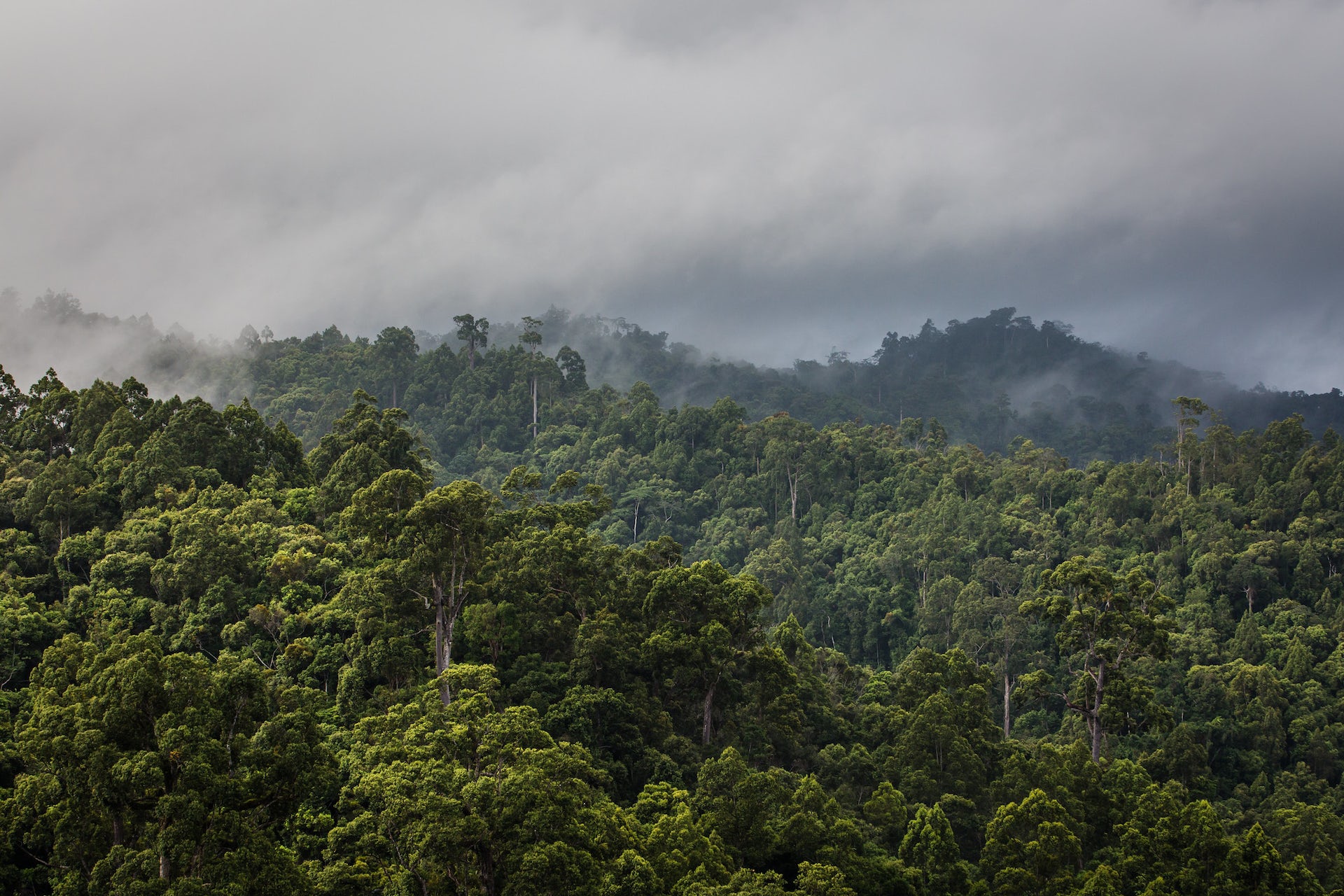
REDD+ allows people who protect local forests to receive payments, usually from developed countries. The intention is to make saving forests more economically attractive than destroying the forests.
The total value of its activities is about US$2.9 billion. This includes nations with vast rain forests as recipients like Indonesia, the Democratic Republic of Congo and Brazil.
To ensure equity, the distribution of REDD+ benefits must consider various factors, including who receives the funds and how they are distributed.
After nearly twenty years, allocating REDD+‘s limited funds remains a challenging task. Why is this so? And how could it be improved?



















